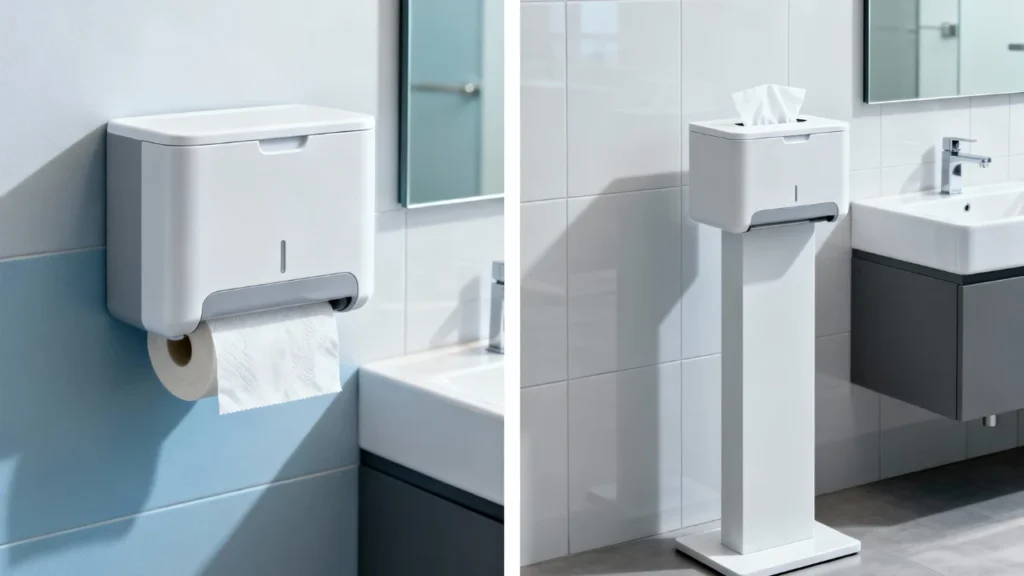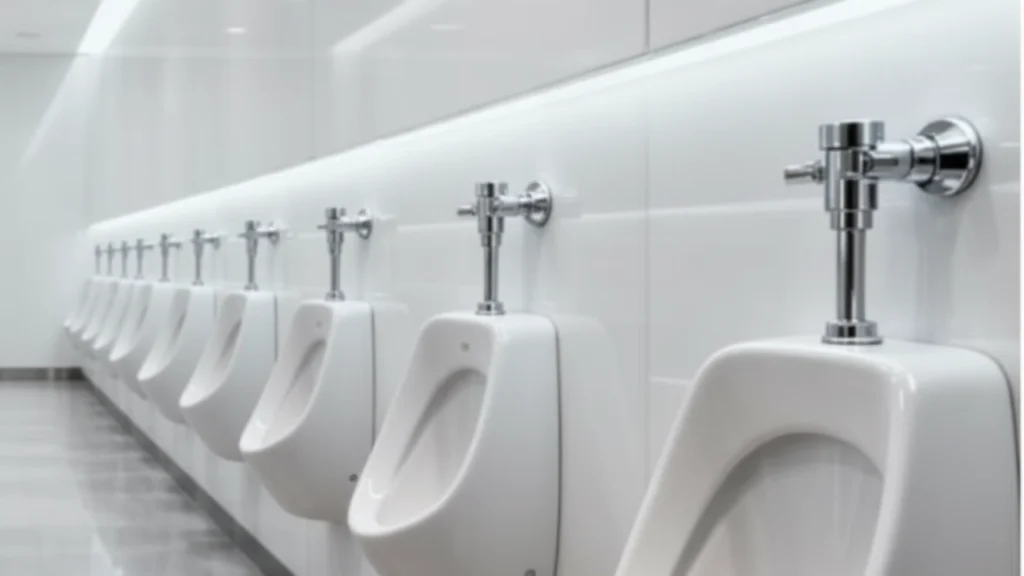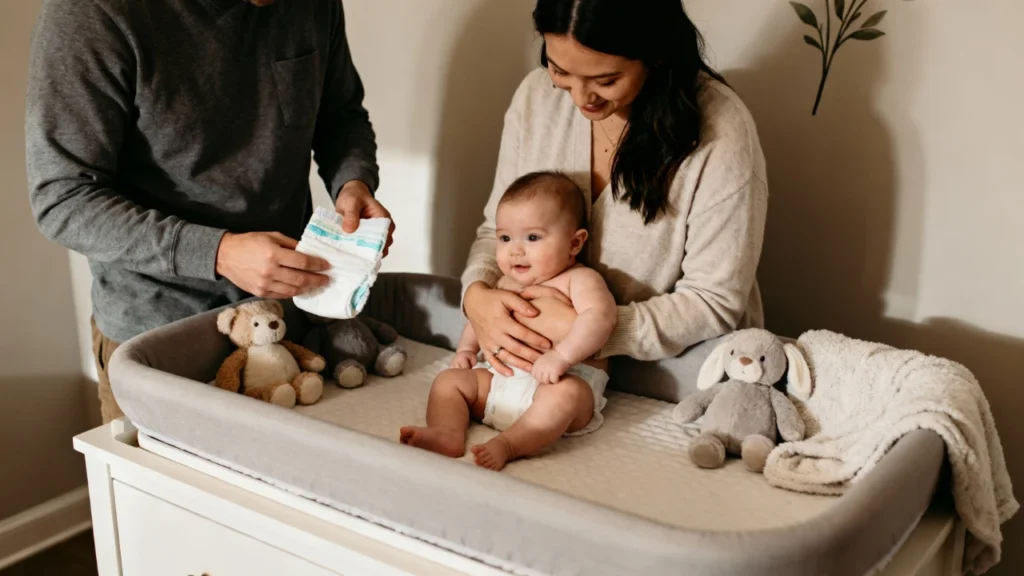Most people have used a public restroom before, whether as an employee or a client. As a result, you’re probably aware of the significance of a clean bathroom. When you enter a clean and safe public restroom, you feel wonderful, and you demonstrate your gratitude, whether as a staff member or a consumer of that particular business. Even though it might look like the toilet is very clean, it’s crucial to understand basic toilet hygiene and how to keep toilet clean for a safer and better experience.
Employees who have access to clean and modern restrooms are happier and, as a result, more productive, which can benefit your company’s overall success. Clients and customers are also happier with cleaner restrooms and are more likely to return. As a commercial building or business owner, it is critical to ensure that your public facilities are up to date and well-maintained — and more importantly, that you keep toilet clean at all times.
We have listed 5 lesser-known but practical tips to help you keep your toilet clean, maintain toilet hygiene, and reduce the risk of cross-contamination.
Table of Contents
ToggleHow To Maintain Toilet Hygiene?
1) Use the hand dryer
Make sure you use the hand dryer before leaving the toilet. When not air dried your hand properly the germs propagate on your hand thus eventually making you sick. It’s a small step, but an important one to keep toilet clean and your hands germ-free.
2) Before flushing, close the lid
Researchers discovered that germs might be emitted up to 10 inches above toilet seats with each flush. The microorganisms that cause infectious diseases are the same ones that cause them. Furthermore, when these hazardous microorganisms are disseminated, they can settle on toilet surfaces.
Germs are conveyed to your hands when you touch certain surfaces. Following that, touching your face or eating with contaminated hands might make you very sick!
Before flushing, experts recommend closing the lid to prevent germs from “flying.” As a result, you’re less likely to be exposed to hazardous microorganisms. Afterward, remember to wash your hands with soap and water. After all, bacteria can be found in and around the toilet lid’s sides!
If you believe that a flushed toilet is clean, you are mistaken. After a toilet is flushed, almost 1 million microorganisms survive!
3) Use a toilet and urinal sanitizer for a quick and effective remedy.
Each time the flush is actuated, it releases an efficient amount of sanitizing fluid into the flush water. It cleans and disinfects your toilets and urinals. It also offers improved protection against the formation of limescale and germs. These toilet cleaning items are essential for maintaining hygiene and keeping unpleasant odors away.
This method is also great if you’re wondering how to clean a toilet in between regular deep cleans.
4) Don’t get your hands on the doorknob
To begin, don’t touch the toilet handle with your bare hands. Doorknobs can transfer germs from a variety of places and cause diseases. Before walking out or in, try holding the knob with tissue paper from both the outside and the inside.
Take good care of your items. Germs on your hands can be readily washed away, but they might infect you if they spread to your things, such as your phone or handbag. Handbags should not be placed on the floor and should instead be hung on the hook behind the door.
5) Make use of an Indian toilet seat
To avoid any direct touch with the toilet surfaces, always use an Indian-style toilet rather than a western-style toilet. If a Western toilet is the only option, make sure the seat is sanitized first. For stubborn stains, it’s good to know how to clean toilet seat stains with proper disinfectants.
6) Make sure to flush before leaving
Turn around and exit the toilet after flushing it. You’ll likely get infected with airborne germs and bacteria while flushing. Always close the lid before flushing, press the flush button with a little tissue, and get out of there swiftly. These small habits help keep toilet clean for the next person using it.
7) Wash Hands with Soap, Always!
Do you keep track of how many times you touch a surface each time you go to the bathroom? I’ll give you a couple of instances. You will touch the door doorknob as you enter. If you need to lift the toilet seat lid, you can do so with your hands without much thought. What about the flush button, which is unavoidable?
When you leave the restroom without washing your hands with soap and water, germs on your hands can spread to those in close proximity to you. Furthermore, germs can enter your body when you touch your eyes, nose, or mouth with infected hands.
8) Maintain a dry floor
One of the most common places for bacteria to breed in restrooms is on the floors. There are numerous dangers associated with a wet floor. A moist floor, in addition to providing a danger of falls, provides an excellent environment for disease-causing germs to proliferate. Bacteria, after all, thrive in a damp environment.
Simple Ways to Keep a Public Restroom Clean and Safe:
- Install faucets that don’t require your hands.
- Install soap dispensers that don’t require your hands.
- Install paper towel dispensers that don’t require you to use your hands.
- Hand-free hand dryers can take the place of paper towels and napkins.
- Have your plumbing pipes checked for leaks regularly?
- Install automatic flush sensors in toilets.
- To avoid moisture accumulation, install a modern ventilation system.
- Use garbage cans without lids.
- A custodial team should be hired to clean the premises daily.
Use these effective tips to maintain toilet hygiene.
How useful was this post?
Click on a star to rate it!
Average rating 4.3 / 5. Vote count: 1644
No votes so far! Be the first to rate this post.







